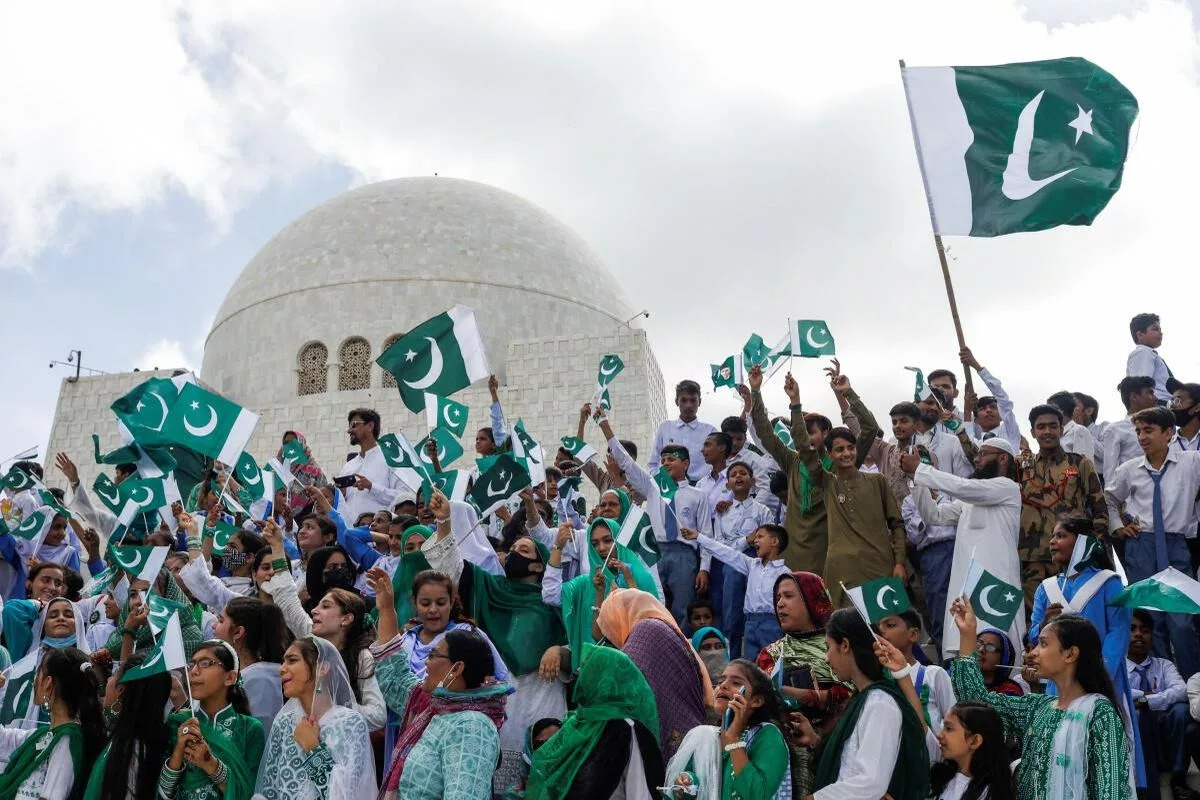A Comprehensive Analysis of the Historical, Socio-Political, and Economic Factors Behind Pakistan’s Current State
Independent Desk
Understanding the complex factors that have led Pakistan to its current state requires a thorough examination of its historical, socio-political, economic, and international dimensions. This intricate journey, marked by both challenges and opportunities, has been shaped by various elements, each contributing uniquely to the nation’s present condition.
Since its inception in 1947, Pakistan has faced a series of existential crises, beginning with the traumatic partition from India, which resulted in mass migrations, violence, and deep-seated animosities. The early years were characterized by political instability, frequent changes in leadership, and a lack of coherent policy direction. The assassination of Pakistan’s first Prime Minister, Liaquat Ali Khan, in 1951 was a significant blow to the young nation, setting a precedent for political violence and instability.
As the country struggled to find its footing, the military began to assert a dominant role in politics, with the first military coup in 1958 by General Ayub Khan. This event set a pattern of military intervention that would recur multiple times, often under the guise of stability and development, but frequently leading to authoritarianism and repression. The military’s involvement in politics has had long-term implications, including the undermining of civilian governance and the perpetuation of a security-centric state.
Economically, Pakistan has experienced periods of significant growth followed by downturns and crises. The industrial growth of the 1960s under Ayub Khan was accompanied by regional disparities and social tensions. The nationalization policies of the 1970s under Zulfikar Ali Bhutto disrupted economic stability, while the economic liberalization of the 1980s and 1990s, driven by structural adjustment programs from international financial institutions, led to austerity, reduced public spending on social services, and increased debt.
Pakistan’s geopolitical significance, particularly during the Cold War and the post-9/11 era, further complicated its trajectory. Alliances with global powers brought significant military and economic aid but also led to unintended consequences, such as the rise of militant groups and internal security challenges.
Corruption has been a persistent issue, with political elites often prioritizing personal gain over national welfare, leading to a lack of accountability and transparency in governance. This has hindered development initiatives and eroded public trust in institutions.
Social challenges, including rapid population growth, an underperforming education system, inadequate health services, and gender inequality, have compounded the country’s difficulties. Religious extremism and sectarian violence have further destabilized the nation, exacerbating an environment of intolerance and hostility.
Given these factors, the responsibility for Pakistan’s current state is complex and multifaceted. Successive governments, both civilian and military, have contributed to the challenges, as have international actors and the citizens of Pakistan themselves. Addressing these issues requires comprehensive reforms, including strengthening democratic institutions, reducing corruption, investing in human capital, and fostering international cooperation based on mutual respect.




Comments are closed.